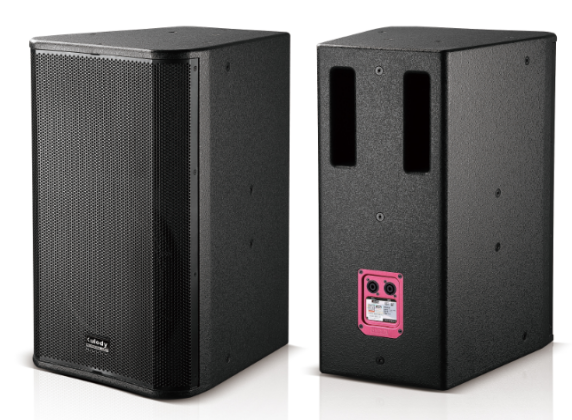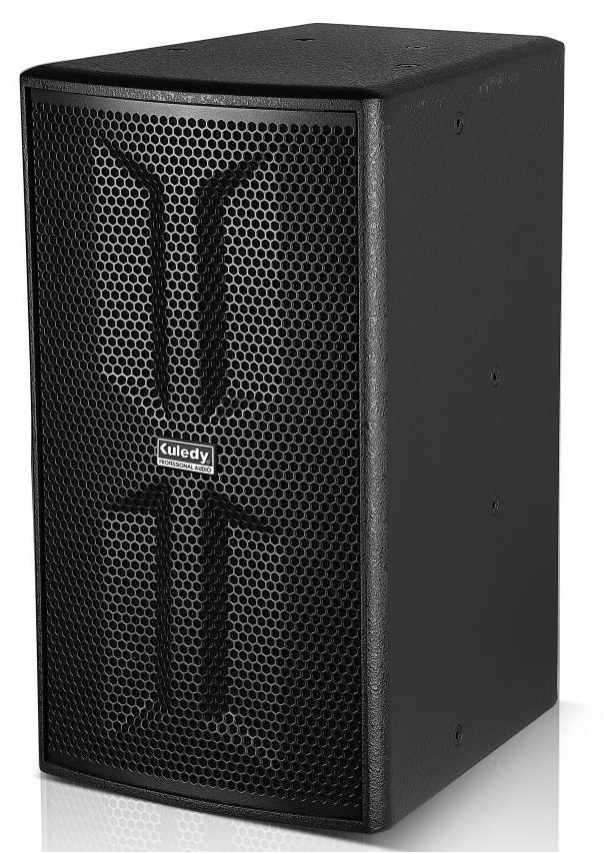School audio configurations can vary depending on the school’s needs and budget, but typically include the following basic components:
1. Sound system: A sound system typically consists of the following components:
Speaker: A speaker is the output device of a sound system, responsible for transmitting sound to other areas of the classroom or school. The type and quantity of speakers may vary depending on the size and purpose of the classroom or school.
Amplifiers: Amplifiers are used to enhance the volume of audio signals, ensuring that sound can propagate clearly throughout the entire area. Usually, each speaker is connected to an amplifier.
Mixer: A mixer is used to adjust the volume and quality of different audio sources, as well as manage the mixing of multiple microphones and audio sources.
Acoustic design: For large concert halls and theaters, acoustic design is crucial. This includes selecting appropriate sound reflection and absorption materials to ensure the sound quality and uniform distribution of music and speeches.
Multi channel sound system: For performance venues, a multi channel sound system is usually required to achieve better sound distribution and surround sound effects. This may include front, mid, and rear speakers.
Stage monitoring: On stage, performers typically require a stage monitoring system so that they can hear their own voice and other musical components. This includes stage monitoring speakers and personal monitoring headphones.
Digital Signal Processor (DSP): DSP can be used for audio signal processing, including equalization, delay, reverberation, etc. It can adjust the audio signal to adapt to different occasions and performance types.
Touch screen control system: For large audio systems, a touch screen control system is usually required, so that engineers or operators can easily control parameters such as audio source, volume, balance, and effects.
Wired and wireless microphones: In performance venues, multiple microphones are usually required, including wired and wireless microphones, to ensure that the voices of speakers, singers, and instruments can be captured.
Recording and playback equipment: For performances and training, recording and playback equipment may be required to record performances or courses, and for subsequent review and analysis.
Network integration: Modern audio systems typically require network integration for remote monitoring and management. This allows technicians to remotely adjust the settings of the audio system when needed.
2. Microphone system: The microphone system typically includes the following components:
Wireless or wired microphone: A microphone used for teachers or speakers to ensure that their voice can be clearly conveyed to the audience.
Receiver: If using a wireless microphone, a receiver is required to receive the microphone signal and send it to the audio system.
Audio source: This includes audio source devices such as CD players, MP3 players, computers, etc., used to play audio content such as music, recordings, or course materials.
Audio control device: Typically, the audio system is equipped with an audio control device that allows teachers or speakers to easily control volume, sound quality, and audio source switching.
3.Wired and wireless connections: Sound systems typically require appropriate wired and wireless connections to ensure communication between various components.
4. Installation and wiring: Install speakers and microphones, and make appropriate wiring to ensure smooth audio signal transmission, usually requiring professional personnel.
5.Maintenance and upkeep: The school audio system needs regular maintenance and upkeep to ensure its normal operation. This includes cleaning, inspecting wires and connections, replacing damaged parts, etc.
Post time: Oct-09-2023


